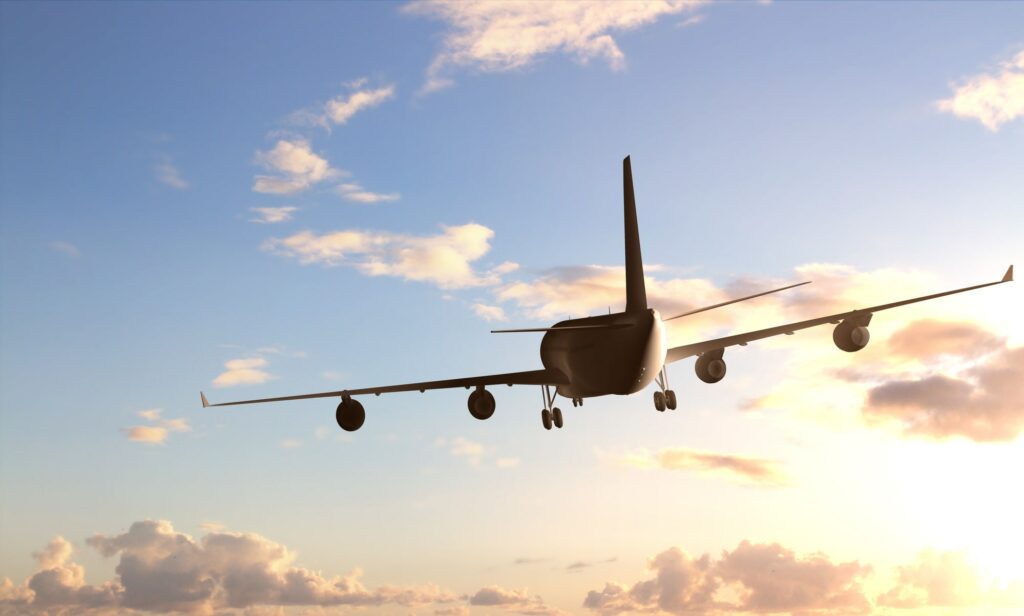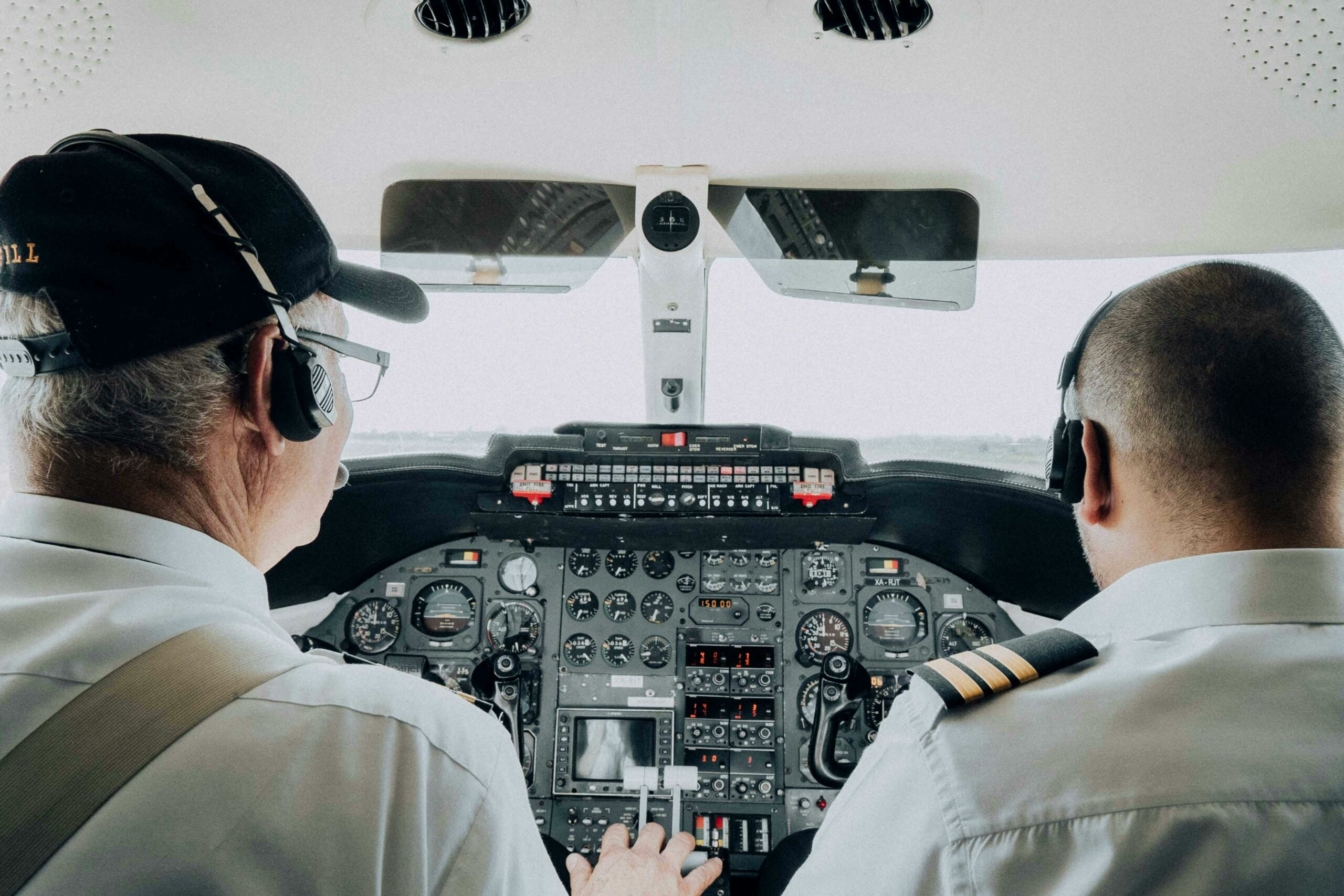Understanding Types of Turbulence and Overcoming Your Fear of Flying

Fear of flying is a common concern for many travelers, often fueled by a lack of understanding about the forces at play when we’re soaring through the skies. Turbulence, in particular, can cause anxiety and apprehension, leaving passengers gripping their armrests and praying for a smoother ride. Before we explore the various types of turbulence, you may want to learn more about what turbulence is. In this comprehensive guide, we’ll explore the various types of turbulence and uncover the factors that cause them. With a better understanding of what’s happening during those bumpy moments, you’ll be better equipped to relax, enjoy the flight, and maybe even start looking forward to your next adventure in the air.
Severity of Turbulence
Turbulence can be categorized into four levels of severity:
Light Turbulence: Gentle rocking motions like driving on a slightly bumpy road. Pilots don’t need to take any special action at this level, and passengers can typically continue their activities. Unsecured objects may experience minor movement, but the aircraft is not dangerous.
Moderate Turbulence: Comparable to driving on a very rough road, passengers must wear seatbelts to prevent potential injuries. At this level, turbulence may cause discomfort, but it’s not dangerous to the aircraft. Unsecured objects may move around more noticeably, but the plane’s structural integrity remains unaffected.
Severe Turbulence: This level of turbulence can cause abrupt changes in altitude, and passengers may feel as if they are being jostled inside the cabin. It can be frightening, but modern aircraft are designed to withstand severe turbulence without any damage. Unsecured objects may be tossed around the cabin, so passengers must stow their belongings and wear seatbelts.
Extreme Turbulence: Extremely rare, this turbulence can cause significant altitude changes and may even momentarily lift passengers off their seats. Pilots will actively avoid extreme turbulence by altering their flight path, and aircraft are still designed to withstand these forces without sustaining damage.
Clear Air Turbulence (CAT)
Clear Air Turbulence (CAT) occurs at high altitudes, often without clouds or visible meteorological phenomena. It is typically caused by jet stream turbulence or wind shear, resulting from differences in wind speed and direction over a relatively short distance. CAT can be difficult to predict, and pilots rely on reports from other aircraft to avoid it when possible. Although it can be disconcerting, CAT is rarely severe and is usually just a brief encounter with rough air.
Thermal Turbulence
Thermal turbulence results from surface heating, such as when warm air rises from the ground and creates uneven temperature distribution in the atmosphere. It’s more common during the day, particularly in hot, sunny weather. This type of turbulence is generally light to moderate in intensity and often occurs near the ground, so it’s more likely to be experienced during takeoff and landing.
Temperature Inversion Turbulence
Temperature inversion turbulence occurs when a layer of warm air traps cold air masses close to the ground. This can create pockets of turbulence as the trapped cold air interacts with the warmer air above it. Generally, temperature inversion turbulence is light to moderate in intensity, but it can cause discomfort for passengers, especially during takeoff and landing.
Mechanical Turbulence
Mechanical turbulence is caused by the wind interacting with physical obstacles such as buildings, hills, or mountains. As the wind flows over and around these obstacles, it becomes disrupted and forms turbulent air patterns. The intensity of mechanical turbulence can range from light to severe, depending on factors such as wind speed and the size and shape of the obstacles. It’s more common near the ground, so passengers may experience it during takeoff and landing or when flying close to mountainous terrain.
Frontal Turbulence
Frontal turbulence occurs when two air masses with different temperatures meet and form a weather front. The cold and warm air interaction can create a turbulent boundary layer, causing moderate to severe turbulence. The intensity of frontal turbulence depends on the strength and nature of the front and the difference in temperature between the two air masses. Pilots are trained to identify weather fronts and adjust their flight path to avoid or minimize turbulence.
Mountain Wave Turbulence
Mountain wave turbulence forms when stable air flows over a mountain range, creating oscillating air patterns on the lee side of the mountains. These oscillations, or mountain waves, can extend to high altitudes and cause turbulence in otherwise clear skies. The intensity of mountain wave turbulence can range from light to severe, depending on factors such as wind speed, the height of the mountains, and the stability of the air mass.
Pilots are trained to recognize mountain wave conditions and adjust their flight path to avoid or minimize turbulence. In some cases, pilots may fly at a higher or lower altitude or take a different route to bypass the affected area.
Thunderstorm Turbulence
Thunderstorms are capable of producing severe turbulence due to their unpredictable nature and the presence of strong updrafts and downdrafts within the storm. These rapidly changing air currents can cause sudden and significant altitude changes, making for a very uncomfortable and potentially frightening flight experience. In addition to turbulence, thunderstorms can produce hail, lightning, and heavy rain, further contributing to the hazards associated with flying near or through them.
Pilots are trained to avoid thunderstorms and their associated turbulence by maintaining a safe distance from the storm, often at least 20 miles away. They rely on weather radar and reports from air traffic control to identify and navigate storm systems.
We’ve explored the various types of turbulence and their causes, helping you better understand this common airborne phenomenon. As you become more familiar with turbulence, you’ll be better equipped to manage any anxiety you may experience during flight. Remember to stay informed by using our turbulence forecast tool, choose a good seat for a smoother ride, and practice relaxation techniques to stay calm. For more detailed information and guidance on overcoming turbulence anxiety, check out our dedicated article on how to deal with turbulence anxiety. With the right knowledge and strategies, you can conquer your fear and enjoy a more comfortable flying experience.

